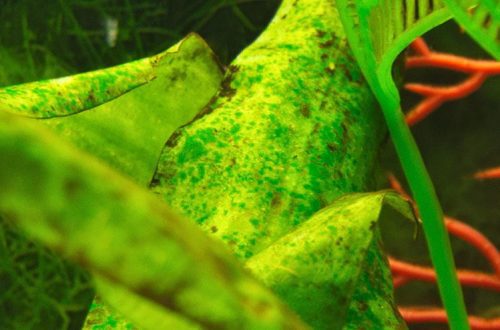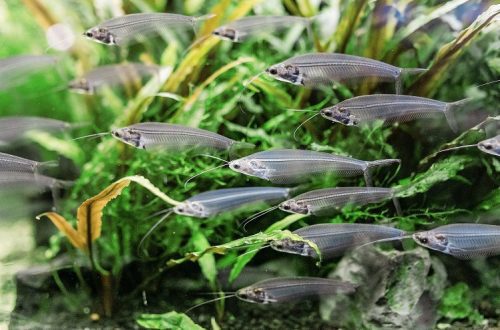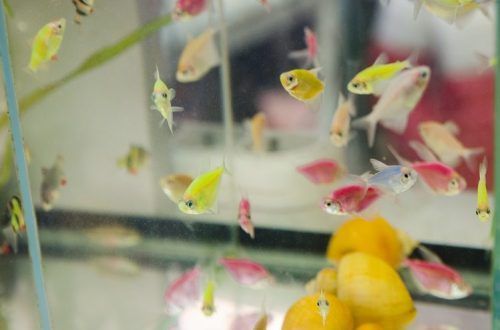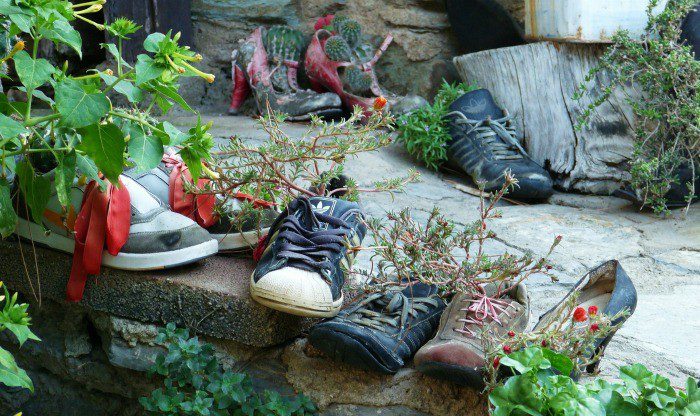
How to grow a ciliate shoe at home
This is the same single-celled organism that is studied in biology classes in high school. It is very small, only 0.3–0.6 mm, shaped like the sole of a shoe. In the aquarium trade, it is an important component for feeding fry, which are not yet able to eat larger food.
Contents
- How to grow a ciliate shoe at home
- Step #1. Prepare Empty Bottle/Jar and Molding Plants
- Step #2. Add herbal dry fish food
- Step number 3. Put the tank in a lighted place
- Step number 4. Development of a colony of bacteria
- Step number 5. Development of a colony of ciliates
- Step #6 Feeding the Fry
- Step number 7. Maintenance of ciliates population
How to grow a ciliate shoe at home
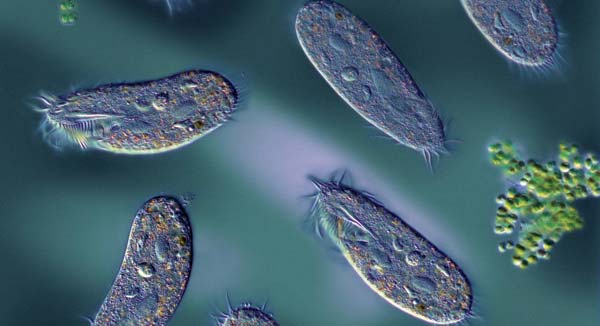 One of the easiest ways to get infusoria shoes at home for feeding aquarium fish fry
One of the easiest ways to get infusoria shoes at home for feeding aquarium fish fry
Step #1. Prepare Empty Bottle/Jar and Molding Plants
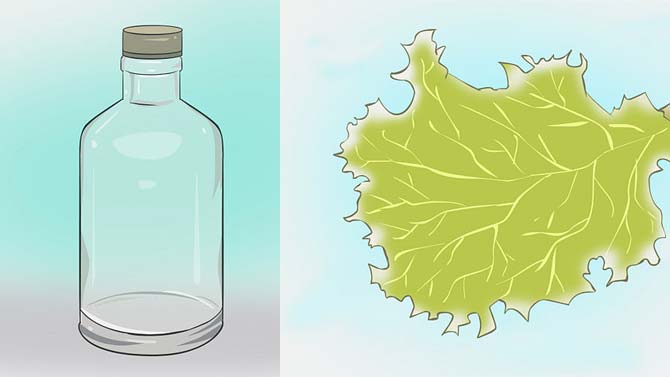
Prepare a reservoir – it can be an empty bottle or a glass jar. Fill it with aquarium water. Ciliates feed on bacteria, so you will need to prepare a culture for their appearance. Take the leaves of non-poisonous plants, rinse thoroughly and place them in a tank of water. Suitable leaves of trees, lettuce, cucumber peel
Step #2. Add herbal dry fish food
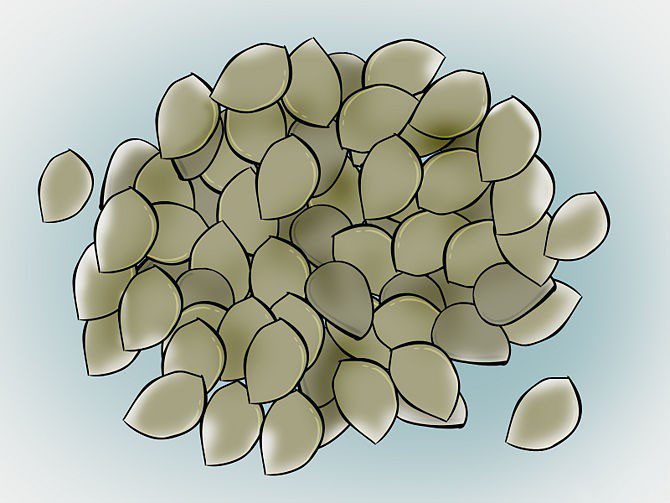
Another important ingredient besides plant leaves can be fish food from algae (spirulina, chlorella), in the form of dried flakes or granules. They are used in feeding herbivorous species, are sold in almost all specialized pet stores or in the “bird market”.
Step number 3. Put the tank in a lighted place
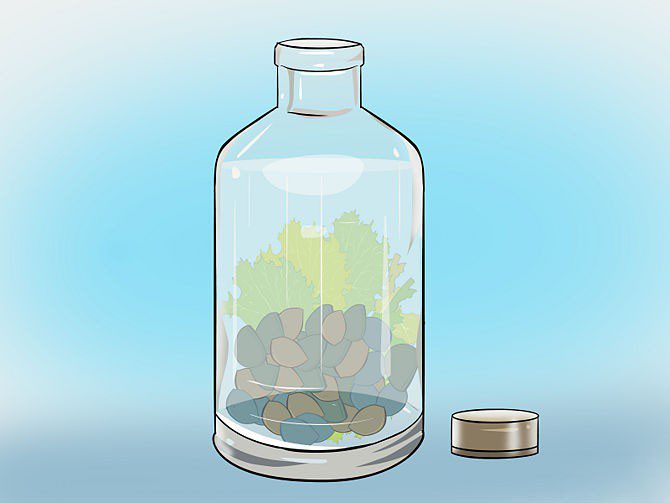
Both crops (leaves and fodder) should be exposed to the sun for a week or more. Of course, in our latitudes, it is better to grow ciliates in the summer, when there are plenty of sunny days. The bottle/jar must be opened for gas exchange to occur. Once or twice a day, the contents are gently mixed
Step number 4. Development of a colony of bacteria
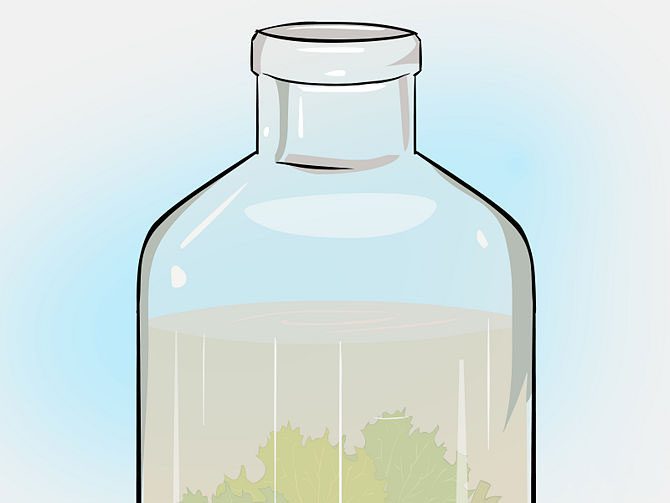
After a while, the water will darken – this is an overgrown colony of bacteria that feed on the decay products of plant leaves and algae.
Step number 5. Development of a colony of ciliates
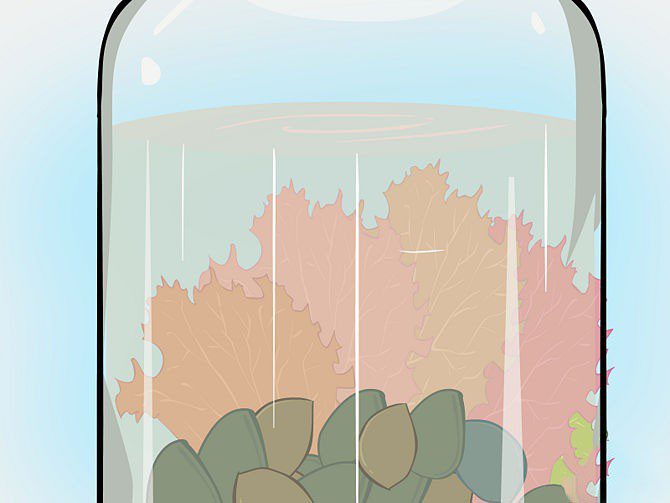
The next step is ciliates. As a rule, ciliates are already present in a mature aquarium in small quantities. Draw water as close to the ground as possible near the plants and pour it into a bottle / jar. In this fertile environment, they will multiply rapidly. Due to their microscopic size, it is impossible to see them without a microscope, so you can judge the amount by the color of the water. She will become lighter and rosier.
Step #6 Feeding the Fry
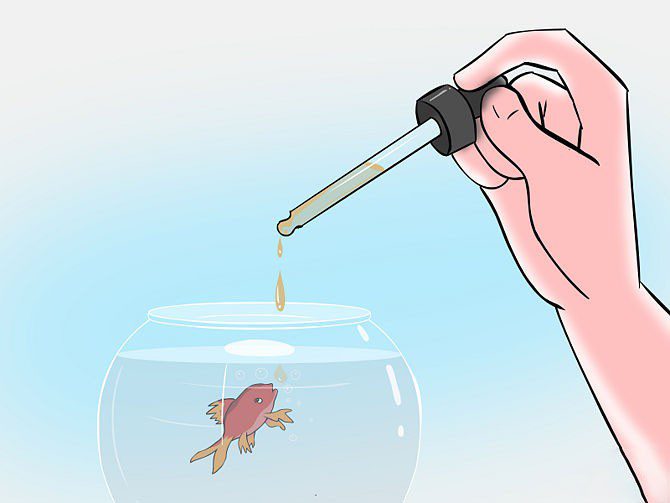
Feed the fry should be a few drops from a pipette. The number of drops depends on the volume of the spawning aquarium. The larger it is, the more water from the bottle with ciliates will have to be poured.
Step number 7. Maintenance of ciliates population
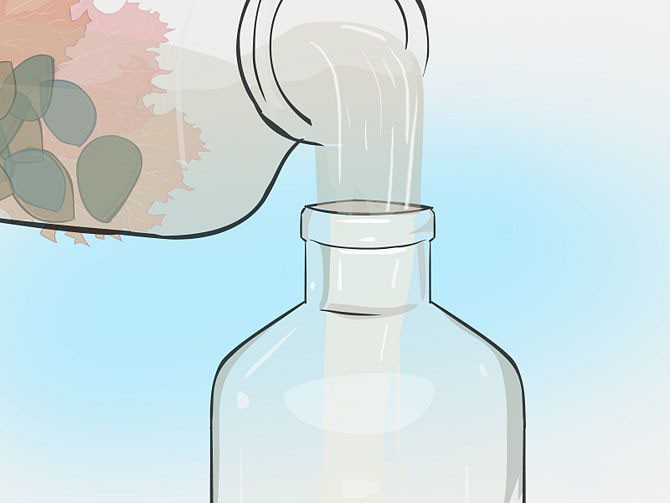
Over time, there will be less and less food for ciliates, so in order to save the population, it will be necessary to prepare another tank with a colony of bacteria, where part of the contents from the first bottle / jar will be poured. Such procedures will have to be repeated regularly until the fry will need such microscopic food.



